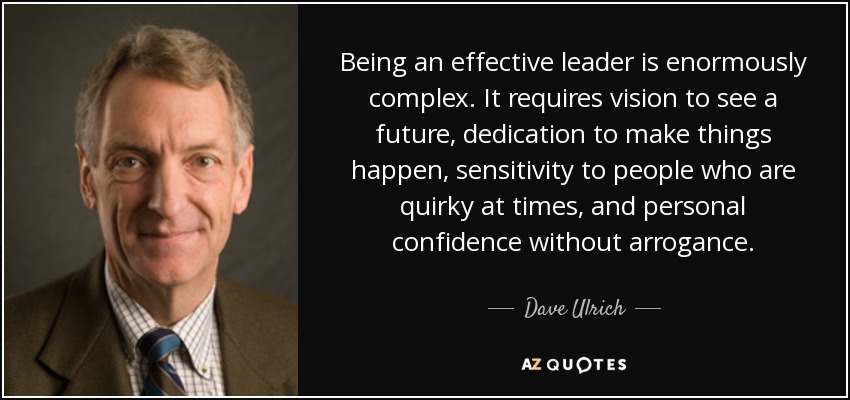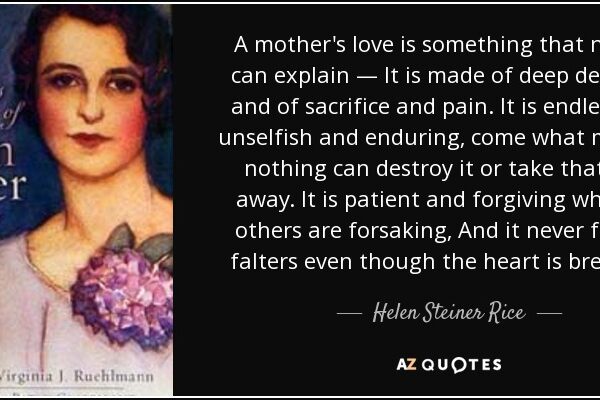As I’ve pointed out throughout the month, leaders need Sabbath Rest for effectiveness and sustainability.
Are you tired as a leader? Today, we turn to Dave Ulrich—BusinessWeek’s #1 Management Educator & Guru; one of FastCompany’s 10 most innovative and creative leaders; and the #1 Most Influential International Thought Leader in HR—for tips on how to sustain our leadership.
Ulrich and Norm Smallwood, who co-founded The RBL Group—one of the top leadership-development firms in the world—partnered to write Leadership Sustainability: 7 Disciplines to Achieve the Change Great Leaders Know They Must Make. They suggest a mix of self-coaching, expert coaching, peer coaching, and boss coaching for sustained change.
As you consider the disciplines they suggest, practice the principles of learning: experiment frequently, reflect always, become resilient, face failure, and improvise continually. Sustained change is a matter of both the head and the heart.
Click here to continue.





